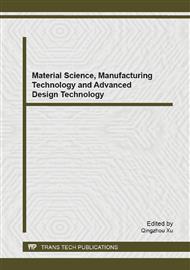p.493
p.496
p.500
p.504
p.508
p.513
p.516
p.520
p.524
Study of Vertical Seismic Isolation of Self-Anchored Cable-Stayed Suspension Bridge Based on Lead Rubber Bearing
Abstract:
Based on the background of Dalian Bay Cross-Sea Bridge project, some plans with settings of lead-rubber bearing among side pier, tower and stiffening girder have been analyzed under vertical seismic input using the favorable shearing property of laminated rubber, damping characteristics of lead and reasonable parameters (yield force and stiffness). Analysis results show that the displacement of controlling node and force of controlling section have been reduced.
Info:
Periodical:
Pages:
520-523
Citation:
Online since:
March 2014
Authors:
Price:
Сopyright:
© 2014 Trans Tech Publications Ltd. All Rights Reserved
Share:
Citation:


